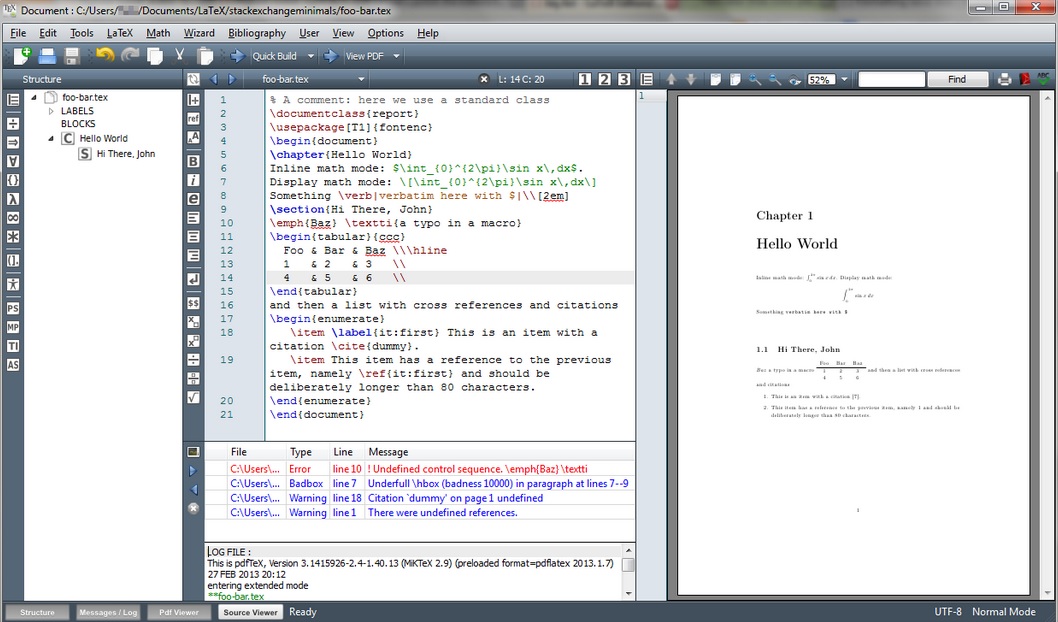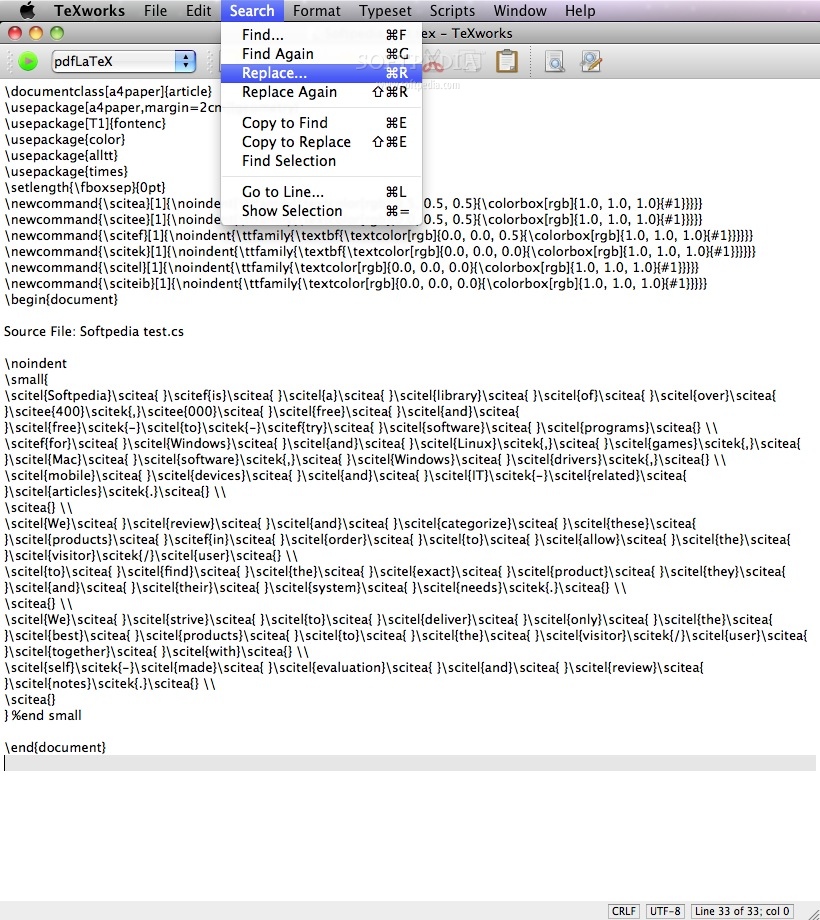

LaTeX provides you with numerous customization options that allow you to introduce diversity in the documents with precise control over the layout and formatting.Īs a result, you get documents that bear a more professionally designed appearance and belong to a completely different class to the output from a word processor. Moreover, creating templates in LaTeX is simple enough, it does not require a much-advanced level of knowledge for LaTeX to use and configure. Why you should read this beginner's guide to learning LaTeX? All these features allow, even, a novice LaTeX user to create beautiful documents and learn as they go. This guide has been extensively curated to provide you with a hands-on introduction to LaTeX. No matter even if you have used word processors like MS- Word or Docx, LaTeX, being simple and easy enough, can be learned in no time.īuilt on the assumption that the majority of the readers might not have any prior know-how of the LaTeX typesetting, this guide starts from the basics and then gradually delves into the advanced formatting. One feature at a time will be introduced as you progress through this guide. Once you have completed this guide, you will be able to create a LaTeX document all by yourself. The introductory features will let you get versed with the basic features of the LaTeX typesetting, empowering you to typeset your research paper or dissertation easily. However, the advanced features will allow you to build fluency with LaTeX, therefore, boosting your productivity.
#Upgrade windows 7 to windows 10 texworks does not work series
In the late 1960s, Donald Knuth, arguably one of the most prominent and well-respected scientists in the domain of Computer science, was deeply disappointed by the quality of his famous series “The Art of Programming”. In order to eradicate this misery in document typesetting, he started a project to create a new typesetting infrastructure, called TeX (Pronounced “TeK”). The purpose of the project was to develop a typesetting program that can accommodate the texts and mathematical formulae easily. He observed that the existing digital typesetting system of that era was not matching appropriate typographical standards.

A decade later, he froze the system and TeX was born. TeX gave the fine-grained control and huge flexibility over the document layout, as envisioned by Knuth. However, the enormous amount of flexibility associated with the TeX made it complex, too. So, by the mid-1980s, Leslie Lamport introduced a higher language that used TeX as the base but made it a lot easier to use. Introduction of predefined document styles, sectioning, indexing, automatic cross-references, automatic numbering, and various other useful features, as integrated by Lamport, brought real ease in the usage of TeX.


 0 kommentar(er)
0 kommentar(er)
